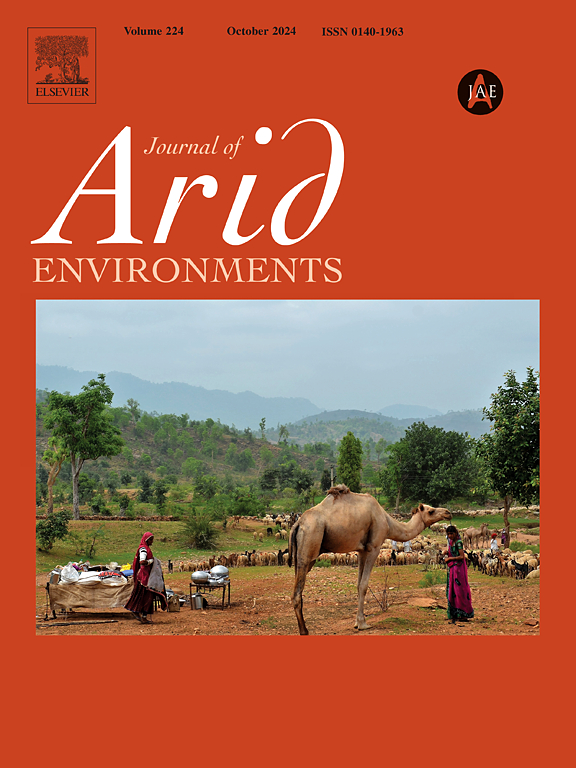The impact of Polylepis tarapacana on soil microbial communities in the Andean Dry Puna of Chile
IF 2.6
3区 环境科学与生态学
Q2 ECOLOGY
引用次数: 0
Abstract
The interaction between plants and soil biogeochemical processes plays a key role in shaping microbial communities, especially under extreme conditions like those in the dry Andes. Polylepis tarapacana, one of the few trees able to survive in these conditions, influences soil development in significant ways. This study examines how P. tarapacana impacts soil microbial communities across varying tree cover. The presence of the tree was found to increase soil organic matter and pH, associated with changes in microbial composition and abundance. Bacterial phyla such as Verrucomicrobiota, Gemmatimonadota, and Nitrospirota increased significantly to the high cover site, while Chloroflexota and Armatimonadota decreased significantly to the absent cover site. Saprotrophic fungi and pathogens thrived with less plant cover, while ericoid mycorrhizal fungi were more prevalent in high and absent cover areas. Sulfur respiration rose in high cover sites, while ammonification decreased in medium cover areas. Enzymatic activities related to phosphorus, nitrogen, and carbon capture also increased with tree cover, along with heterotrophic respiration. These findings suggest that improved soil conditions in areas with higher tree cover enhance microbial communities and soil functions.
智利安地斯干旱普纳地区水韭对土壤微生物群落的影响
植物和土壤生物地球化学过程之间的相互作用在微生物群落的形成中起着关键作用,特别是在干旱的安第斯山脉等极端条件下。塔拉帕卡纳是少数几种能够在这种条件下生存的树木之一,它对土壤的发育有着重要的影响。本研究探讨了不同树木覆盖度下黑桫椤对土壤微生物群落的影响。发现树的存在增加了土壤有机质和pH值,与微生物组成和丰度的变化有关。verrucomicrota、Gemmatimonadota和Nitrospirota在高覆盖区显著增加,Chloroflexota和Armatimonadota在无覆盖区显著减少。腐养真菌和病原菌在植被覆盖度低的地区大量繁殖,而在植被覆盖度高和无植被覆盖的地区,类菌根真菌更为普遍。高覆盖地的硫呼吸增加,而中等覆盖地的氨化作用减少。与磷、氮和碳捕获相关的酶活性也随着树木覆盖和异养呼吸的增加而增加。这些结果表明,在树木覆盖率较高的地区,土壤条件的改善可以增强微生物群落和土壤功能。
本文章由计算机程序翻译,如有差异,请以英文原文为准。
求助全文
约1分钟内获得全文
求助全文
来源期刊

Journal of Arid Environments
环境科学-环境科学
CiteScore
5.70
自引率
3.70%
发文量
144
审稿时长
55 days
期刊介绍:
The Journal of Arid Environments is an international journal publishing original scientific and technical research articles on physical, biological and cultural aspects of arid, semi-arid, and desert environments. As a forum of multi-disciplinary and interdisciplinary dialogue it addresses research on all aspects of arid environments and their past, present and future use.
 求助内容:
求助内容: 应助结果提醒方式:
应助结果提醒方式:


